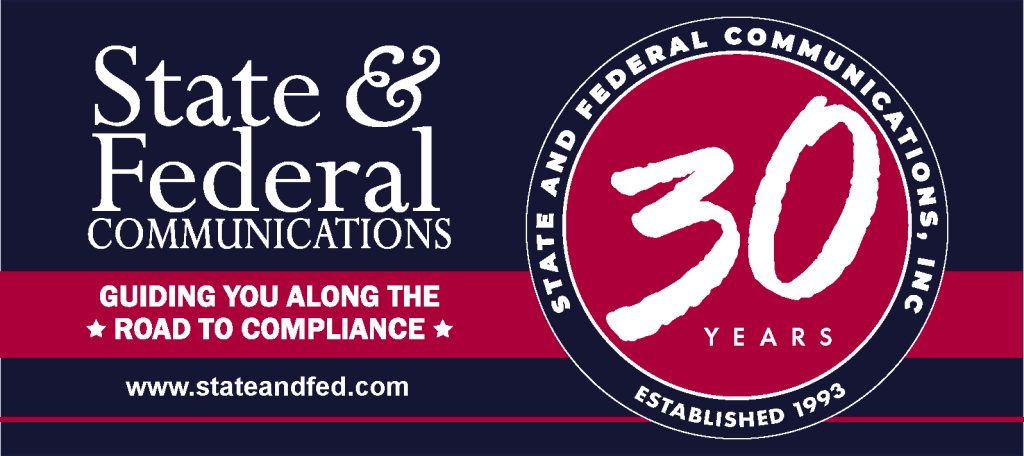December 20, 2010 •
At the Intersection of Social Media and Campaign Finance
 Just as the use of social media has exploded with the average person in everyday interaction, so it goes with the use the of social media in political campaigns. And just as political ads have prompted regulations in traditional media – in print, radio, and television – ethics oversight agencies in the states are now facing the need to regulate political ads in social media.
Just as the use of social media has exploded with the average person in everyday interaction, so it goes with the use the of social media in political campaigns. And just as political ads have prompted regulations in traditional media – in print, radio, and television – ethics oversight agencies in the states are now facing the need to regulate political ads in social media.
In essence, we have a 1970s post-Watergate system of political ads regulation facing a completely new set of challenges with today’s political activity on the internet. How do you get all parties to agree on meanings and terms for features in electronic ads when there is no industry standard? How do you identify the source of funding for a Google or Facebook ad? How would you fit a disclosure statement into a tweet when you are limited to 140 characters? Some have said regulation of political ads in social media constitutes a restriction of the exercise of freedom of speech. Others have argued that endorsements by influential bloggers should be considered as in-kind contributions.
Two states to watch are Maryland and California. The Maryland State Board of Elections and California’s Fair Political Practices Commission (FPPC) have established rules for proper use of social media by political campaigns, PACs, and private individuals. At the Council on Government Ethics Laws 2010 conference in Washington, D.C., I had the privilege of meeting Jared DeMarinis, Maryland’s Director for the Maryland Board of Elections Division of Candidacy and Campaign Finance, and Roman Porter, Executive Director of the FPPC. It was a COGEL breakfast group discussion with them that prompted me to offer these resources in this post.
 Here is the link for Maryland’s Summary Guide to Candidacy and Campaign Finance Laws. Chapter 12, section 6 deals with electronic media. Maryland’s answer to the issue of disclosure within the limited space of a social network appears to be requiring a hyperlink to a landing page that would host the disclosure information. Government Technology has a nice article from August 3, 2010 called, “Maryland Social Media Campaign Rules Take Effect,” which describes the new regulations.
Here is the link for Maryland’s Summary Guide to Candidacy and Campaign Finance Laws. Chapter 12, section 6 deals with electronic media. Maryland’s answer to the issue of disclosure within the limited space of a social network appears to be requiring a hyperlink to a landing page that would host the disclosure information. Government Technology has a nice article from August 3, 2010 called, “Maryland Social Media Campaign Rules Take Effect,” which describes the new regulations.
 California’s FPPC offers a report from the Subcommittee on Internet Political Activity called “Internet Political Activity and the Political Reform Act,” dated August 11, 2010. Here is a memorandum describing amendments, from October 2010. They also offer a helpful online FAQ page called “Electronic Media: Paid Political Advertisements.” These resources have a great deal of guidance regarding disclosure in social media political ads, what triggers the need for disclosure, and how disclosure is to be done in social media.
California’s FPPC offers a report from the Subcommittee on Internet Political Activity called “Internet Political Activity and the Political Reform Act,” dated August 11, 2010. Here is a memorandum describing amendments, from October 2010. They also offer a helpful online FAQ page called “Electronic Media: Paid Political Advertisements.” These resources have a great deal of guidance regarding disclosure in social media political ads, what triggers the need for disclosure, and how disclosure is to be done in social media.
Perhaps the work of these two agencies will be the template for other jurisdictions! We will be watching…
Web 2.0 tag cloud graphic by Markus Angermeier on Wikipedia. Seal of California by Zscout370 on Wikipedia.
State and Federal Communications, Inc. provides research and consulting services for government relations professionals on lobbying laws, procurement lobbying laws, political contribution laws in the United States and Canada. Learn more by visiting stateandfed.com.

